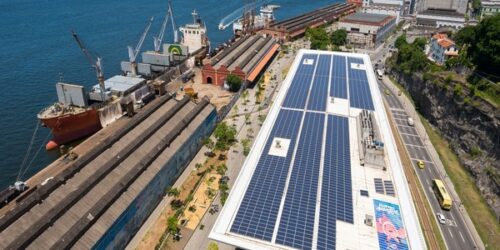The special report — carried out in collaboration with the World Bank and the World Economic Forum — sets out a series of actions to enable these countries to overcome the major hurdles they face in attracting the financing to build clean, modern and resilient energy systems that can power their growing economies for decades to come.
Annual clean energy investment in emerging and developing economies needs to increase by more than seven times — from less than 150 billion dollars last year to over 1 trillion dollars by 2030 to put the world on track to reach net-zero emissions by 2050, according to the report titled ‘Financing Clean Energy Transitions in Emerging and Developing Economies.’
Unless much stronger action is taken, energy-related carbon dioxide emissions from these economies — which are mostly in Asia, Africa and Latin America — are set to grow by 5 billion tonnes over the next two decades.
“In many emerging and developing economies, emissions are heading upwards while clean energy investments are faltering, creating a dangerous fault line in global efforts to reach climate and sustainable energy goals,” said Fatih Birol, the IEA Executive Director.
Countries are not starting on this journey from the same place — many do not have access to the funds they need to rapidly transition to a healthier and more prosperous energy future – and the damaging effects of the Covid-19 crisis are lasting longer in many parts of the developing world, he said.
“There is no shortage of money worldwide, but it is not finding its way to the countries, sectors and projects where it is most needed. Governments need to give international public finance institutions a strong strategic mandate to finance clean energy transitions in the developing world,” said Birol.
Recent trends in clean energy spending point to a widening gap between advanced economies and the developing world even though emissions reductions are far more cost-effective in the latter.
Emerging and developing economies currently account for two-thirds of the world’s population but only one-fifth of global investment in clean energy and one-tenth of global financial wealth.
Annual investments across all parts of the energy sector in emerging and developing markets have fallen by around 20 per cent since 2016, and they face debt and equity costs that are up to seven times higher than in the United States or Europe.
Avoiding a tonne of CO2 emissions in emerging and developing economies costs about half as much on average as in advanced economies, according to the report.
That is partly because developing economies can often jump straight to cleaner and more efficient technologies without having to phase out or refit polluting energy projects that are already underway. (ANI)
This story is auto-generated from a syndicated feed. ThePrint holds no responsibility for its content.






